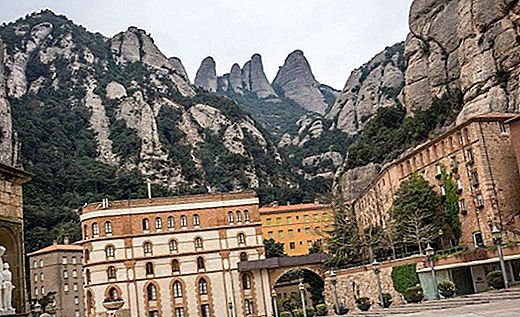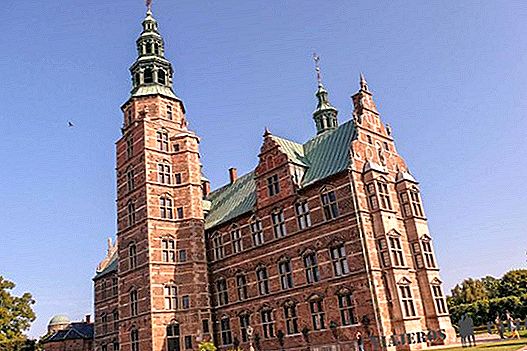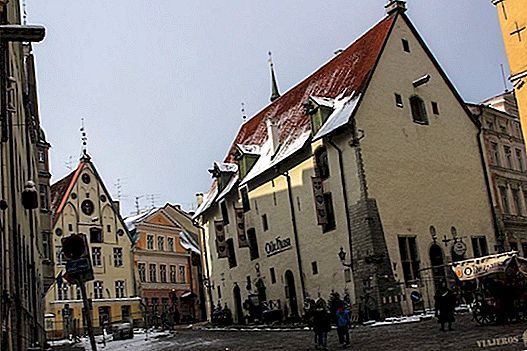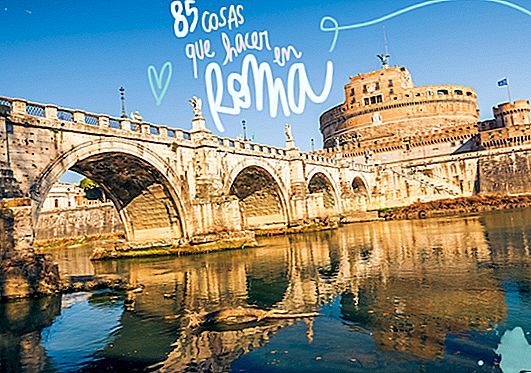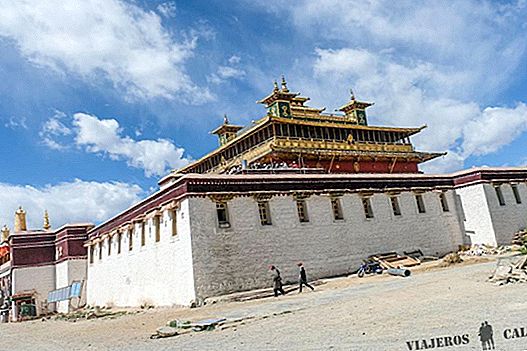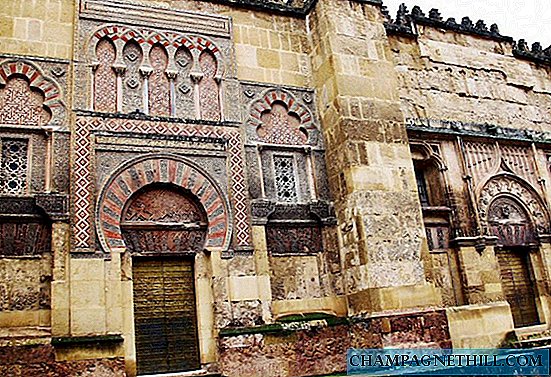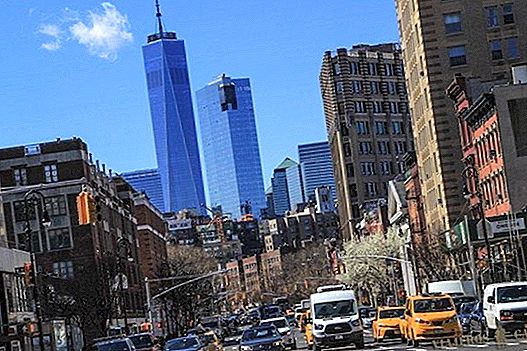Day 15: What to see on the West Coast of New Zealand: Cape Foulwin - Tauranga Bay - Punakaiki (Pancake Rocks) - Greymouth - Hokitika gorges
Today begins the route by West Coast of New Zealand, being our first destination Cape Foulwind. Initially the idea of yesterday, after making the ferry trip from Wellington to Picton, was to have arrived here, but seeing that the ferry was delayed a bit and we also stopped to put gas and go to the supermarket, in the end we decided to sleep near Murchinson and today lengthen the route a little more.
What we did not have is that the day has returned to rainy dawn, although according to the forecast it seems that from tomorrow it will improve, so we decided to continue with the plans we had of the trip to New Zealand in 36 days and when they are 8:20 in the morning we set off for Cabo Foulwin, the start of the route through the West Coast of New Zealand.
We cannot forget that although we have enough days, this New Zealand in a motorhome is planned to make quite demanding routes practically every day, something that we would dare to say, it is almost essential if you want to enjoy all the most important places to see in New Zealand.
And so, with this thought in mind and after having collected everything in our Jucy motorhome and having breakfast, we travel the 100 kilometers that separate us from Cape Foulwin, the first stop on the route through the West Coast of New Zealand, to arrive when it's 10 in the morning.
Remember that if you are interested in making a route through New Zealand by motorhome, we recommend you look at the Motorhome Republic page where you can see all the available motorhome options, prices and make the reservation directly.
Cape Foulwin, one of the West Coast stops in New Zealand
The history of Cape Foulwin dates back to the year 1642 when Abel Tasman came here and named it "Rocky Point" for its special orography. But this did not last long, the time it took James Cook to arrive here in 1770 and after seeing the atmosphere of the place, he called it Cabo Foulwin, translated as "Vientoloco".

Corporal Foulwin
One of the great reasons to reach this point of the West Coast of New Zealand It was to do the Cape Foulwin Walkway, about two hours or so, that runs through some of the most impressive landscapes in the area, including Tauranga Bay, where you can see a seal colony.
The main problem is that the day is not at all pleasant and continues to threaten rain, so we do not want to take risks and we decided to reach all points by motorhome, yes, without missing a path that takes us from the parking lot to the lighthouse which is about 10 minutes walk.
Something very important, especially in this area of the country, is to take repellent and take precautions against sandflies, some small sand mosquitoes, which instead of biting, bite and are extremely annoying.
Once the visit is over we return to the motorhome and travel the 5 kilometers that separate us from Tauranga Bay, the seal colony that is in this area of the cape and how could it be otherwise, we do not want to get lost.
We leave the motorhome again in the parking lot enabled for it and we travel a path of approximately 10 minutes, during which the rain appears, until we reach the first viewpoint, where you can see the seal colony.
Initially we imagined that it would be more difficult to see them, but nothing is further from reality, we have them a few meters away and there are also many young. So despite the drizzle, we enjoy as children of the moment and try to turn around the situation forgetting for a while of bad weather and assuming that this is something that can happen and more in a country like New Zealand, where time is so changing

Tauranga Bay
It is 11:30 in the morning when we finish the visit to Tauranga Bay and continue our route through the West Coast of New Zealand, heading to the next point of the route that is none other than the famous Pancake Rocks, 60 kilometers from Tauranga Bay.
At this point on the route, it is when you begin to travel along the Great Coast Road, a section of the SH6 road, which runs through some of the most incredible landscapes in New Zealand, which we are sure, will leave you with your mouth open even if Like us, you don't have a sunny day.
More practical information to prepare your trip to New Zealand
- 10 essential tips for traveling to New Zealand
- 10 essential places to see in New Zealand
- The best travel insurance for New Zealand
The only thing you should keep in mind is that there are no gas stations in practically 120 kilometers and no ATMs, so it is very important to make this section of the West Coast of New Zealand With a full tank, you can go to a gas station in Westport 10 kilometers away, and with a card like the N26 card or the Bnext to pay in case you need it.
We leave you the post in which we talk about the best cards to travel without commissions in case you want to check it out.

Landscapes of the West Coast of New Zealand
As we said, touring the Great Highway of the Coast is a unique experience in the New Zealand Westcoast, since the road runs parallel to the coast, being a spectacle for the senses, even today it rains to seas and the weather does not accompany anything at all.
Have a good time or not, if it coincides with a time to eat or snack, we recommend you do like us and look for a viewpoint where you can enjoy the views and devote yourself only to eating and watch life go by. We assure you that you will not forget it.
Punakaiki and the Pancake Rocks
Between Westport and Greymouth is Punakaiki and its famous Pancake Rocks, one of the most important places to see on the West Coast of New Zealand. Once you arrive, we recommend leaving your car or motorhome in the parking lot and approaching the visitor center, where you can even have a coffee or eat something in the cafeteria / restaurant, to understand a little more about the place where you are.

Viewpoint on the West Coast of New Zealand
This area of the Westcoast has many attractions, including several trails, although its main attraction is the Pancake Rocks, the point that all tourists visit and that will also be the only one that we will do, since considering the weather, it is not not at all tempting to go hiking in the rain.
These rocks are famous for their shapes and vents, caused over hundreds of years of erosion that have caused layers of limestone, almost perfect, shaped like a pancake, hence its name.
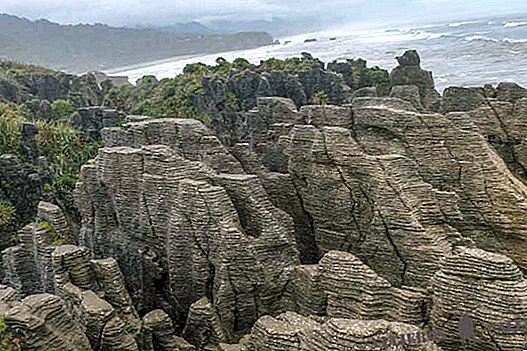
Pancake rocks
The route is made through some walkways and marked roads, which take you to the most important areas of the Pancake Rocks, and lasts no more than 20 minutes. Keep in mind that to see this tourist attraction at its best, it is important to arrive when there is high tide, at which time the water is shot through the holes caused by erosion, giving away a unique spectacle.

Pancake rocks
You can check the tide schedule both in the visitor center and on the Metservice page.
From here and when it is 3:30 in the afternoon and seeing that the weather is still not improving, we decided to follow the route along the West Coast of New Zealand, with the objective set at Greymouth 45 kilometers away, where we stop to return to Check the weather and see that the forecast is that one or two days continue with this horrible rain front. Seeing this forecast and not wanting to risk moving from the area, we decided to continue with the route we had planned and at most, if we see that the rains are very intense, make a stop of one or two days and wait while we work, in good weather .

New Zealand West Coast Route
After this decision, we continue through Westcoast, heading to the Hokitika Gorge 40 kilometers away, where we arrive when it is 5:30 in the afternoon.
Hokitika throat
Known for being one of the mandatory stops at the West Coast of New Zealand and only the route to reach the Hokitika Gorge is a show that takes you through unusual landscapes in this area of the country.
After the 35 kilometers that separate you from the main road, you will arrive at a parking lot where you can leave your motorhome and from where you must travel a short path of no more than 15 minutes, which passes between a forest and even where you must cross a suspension bridge to enjoy turquoise waters, which come from a glacier and are really spectacular.

Hokitika throat
Unfortunately we are not very lucky and after traveling the first section of the trail, we discovered that after the rains of the last days, the water falls very brown so seeing this and it rains again, we decided to abort the last mission of the day Today and return to Hotikia, where tonight we will stay at the Shinning Star Beachfront.
The idea of staying in this campsite is only to have a good internet connection, something essential for us if we have to stop a couple of days in the rain and have to work, in addition to a few meters from this campsite, there is a path where you can see luminous worms at night, like the ones we saw in Waitomo Caves, something to keep in mind if you do not want to pay to see them or have not been able to see them for any other reason.
But as the day is gone twisting In a way, now it could not be otherwise and we find that the campsite does not have vacant sites since the rain is flooding part of the infrastructure, so we have to find another, deciding in the end for the Empire Hotel, at 23 kilometers, where in addition to cabins, there are sites without electricity for 15NZD.
And so, after a rainy day, we make an impromptu dinner and lie down crossing our fingers, hoping that in the next few days the weather will improve and show us the best face of this amazing country.
We leave you the map of the route today for the places to see on the West Coast of New Zealand with stops at Cape Foulwin, Tauranga Bay, Punakaiki (Pancake Rocks), Greymouth and Hokitika gorges.
 Day 16: Visit Franz Josef Glacier and Matheson Lake in New Zealand
Day 16: Visit Franz Josef Glacier and Matheson Lake in New Zealand

